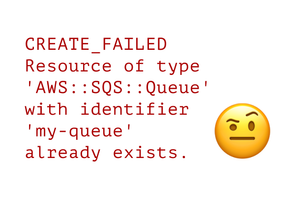
Understanding Logical IDs in CDK and CloudFormation
CDK generates Logical IDs used by the CloudFormation to track and identify resources.
In this post, I'll explain what Logical IDs are, how they're generated, and why they're important.
Understanding this will help you avoid unexpected resource deletions and baffling "resource already exists" errors during deployment.
January 17, 2023
Read more
→
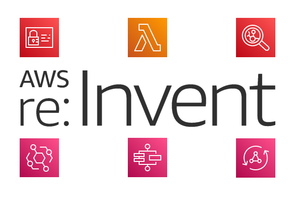
Top 12 Serverless Announcements from re:Invent 2022
re:Invent 2022, the annual AWS conference in Las Vegas, is now behind us.
I did not attend in person, but that gave me time to consolidate this list of top new serverless features while everyone else is sleeping off the intense 5-day conference.
And I envy them just a little.
December 6, 2022
Read more
→
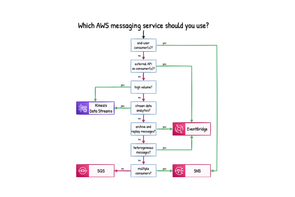
Decision Tree: choose the right AWS messaging service
Have you ever been stuck deciding between SQS, SNS, Kinesis Streams, and EventBridge? Struggled to pick the right one for your use case? If the answer is "yes", I've got you covered with a simple decision tree to help you make the right decision.
April 12, 2022
Read more
→
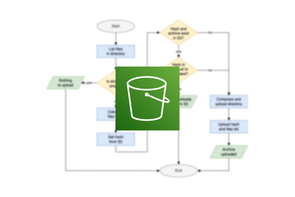
Personal backup to Amazon S3 - cheap and easy
In need to backup my personal files in the cloud, I wrote a script that archives the data into the Amazon S3 bucket.
After some fine-tuning and solving a bunch of edge-cases, it's limited mainly by the disk read and my internet upload speed.
And it costs me only $3.70 per TiB
per month.
March 9, 2022
Read more
→
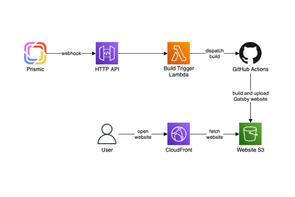
Headless CMS with Gatsby on AWS for $0.00 per month
Can you have a website with a CMS on AWS and not pay just for its existence? I looked at Amazon Lightsail, headless WordPress, and Webiny CMS but found none of those suitable. So I choose Prismic – a SaaS headless CMS, and Gatsby to create the site.
Yes, I needed to make a pipeline to build my website after content changes.
But when I did it, I got a website with CMS hosted at no cost.
October 13, 2021
Read more
→
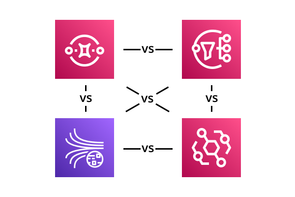
Choosing between SQS, SNS, Kinesis, and EventBridge
AWS can overwhelm with the number of services.
Especially if multiple services seem to do a very similar job.
Let's look at the cloud-native AWS messaging services – the SQS, SNS, Kinesis, and EventBridge.
What are the differences and when to use which one?
August 5, 2021
Read more
→
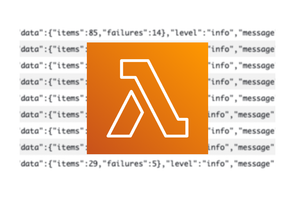
AWS Lambda logging best practices
Logging in AWS Lambda functions is simple.
You just print the message, and it's sent to the CloudWatch Logs.
And everything is fine until you get a surprisingly big bill for the CloudWatch usage, or you need to actually debug some live system.
Here are my tips for logging in AWS Lambda, based on my experience with real-live, big-scale functions running on production.
March 1, 2021
Read more
→
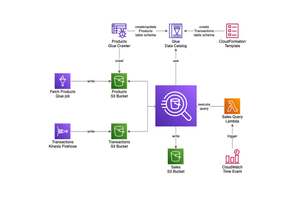
Three ways to create Amazon Athena tables
Here I show three ways to create Amazon Athena tables.
More importantly, I show when to use which one (and when don't) depending on the case, with comparison and tips, and a sample data flow architecture implementation.
Also, I have a short rant over redundant AWS Glue features.
All in a single article.
Enjoy.
January 12, 2021
Read more
→
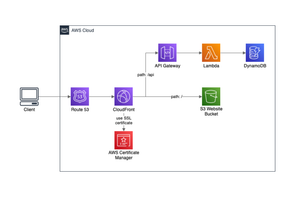
Auto-generated website environment parameters
There are multiple articles on how to host a static website or Single Page Application (SPA) on AWS.
But they rarely go into the topic of setting up the environment variables for the frontend application.
November 16, 2020
Read more
→
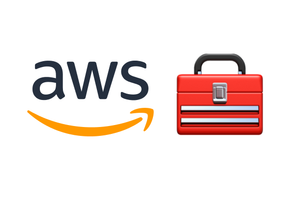
My AWS toolbox - tools, plugins and applications
Developers, like all specialists, discover and collect their favorite tools over time.
Having a good, proven set of tools makes the work easier and more pleasant.
We can focus on getting the job done.
Sometimes eliminating minor inconveniences or improving a small element of everyday activity makes the greatest impact on the comfort of work.
October 22, 2020
Read more
→
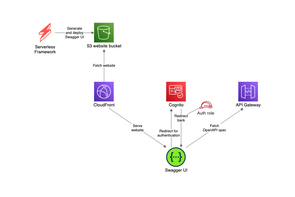
Serverless Swagger UI for API Gateway
Amazon API Gateway provides an option to export the API schema as an OpenAPI Specification.
With it, we can display our REST API as an interactive website.
But we do not get a public URL to that specification file which we could use as a source for an interactive page like Swagger.
Instead, we can only get the file from the AWS Console, CLI, or SDK.
October 13, 2020
Read more
→